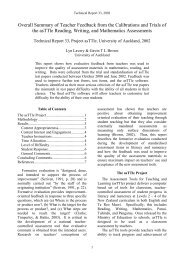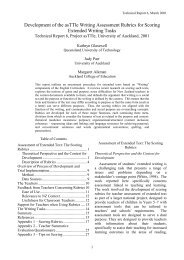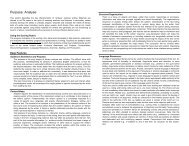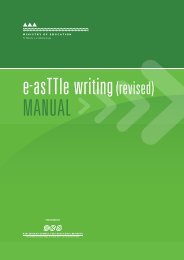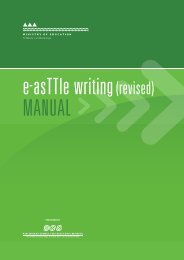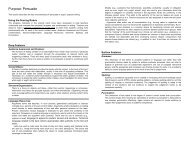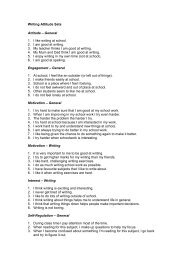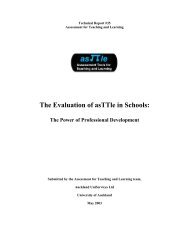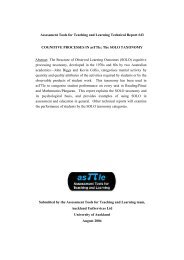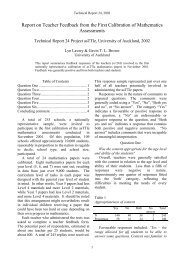Structure and Language notes to support the generic rubric - e-asTTle
Structure and Language notes to support the generic rubric - e-asTTle
Structure and Language notes to support the generic rubric - e-asTTle
You also want an ePaper? Increase the reach of your titles
YUMPU automatically turns print PDFs into web optimized ePapers that Google loves.
<strong>Structure</strong> <strong>and</strong> <strong>Language</strong> Notes: Describe a process<br />
Use <strong>the</strong>se <strong>notes</strong> when scoring writing against <strong>the</strong> categories for structure <strong>and</strong> language. The <strong>notes</strong> provide guidance on structural <strong>and</strong> language features that you might look for<br />
in <strong>the</strong> writing. They are not intended as a definitive list: o<strong>the</strong>r features may be used effectively <strong>to</strong> <strong>support</strong> <strong>the</strong> overall purpose of describing a process.<br />
Prompts : • The life cycle of Monarch butterflies • A frog life cycle<br />
Purpose To describe a process<br />
… using a labelled diagram of a life cycle<br />
Structural features Orientation – an opening statement/s that provides <strong>the</strong> reader with a clear idea of what <strong>the</strong> text will be about, <strong>and</strong>/or that engages <strong>the</strong> reader’s<br />
interest<br />
Body – sequenced description of process, with appropriate detail<br />
Ending – a closing statement/s that draws <strong>the</strong> writing <strong>to</strong> a satisfac<strong>to</strong>ry conclusion<br />
<strong>Language</strong> features Present tense 3 – timeless<br />
Verbs that denote actions (e.g., turns, grows, swims) 4<br />
<br />
<br />
<br />
Linking words showing logical relationships (time <strong>and</strong> sequence, cause <strong>and</strong> effect)<br />
Technical/factual detail<br />
Objective/logical <strong>to</strong>ne<br />
3 Some descriptions may be written in <strong>the</strong> future tense, e.g., <strong>the</strong> froglet will turn in<strong>to</strong> a frog. Use of <strong>the</strong> future tense is acceptable if it does not interfere with <strong>the</strong> purpose: <strong>to</strong><br />
describe <strong>the</strong> life-cycle process.<br />
4 Look for <strong>the</strong> presence of appropriate vocabulary only. The quality/precision of word choice is assessed separately in <strong>the</strong> vocabulary aspect.





